Zagato celebrates its centenary in 2019 and you can bet your bottom dollar that there’ll be numerous birthday bashes thrown to mark the occasion, each looking to one-up the last with a ‘largest ever gathering’ or ‘unprecedented line-up’ of the Milanese design house’s evocative creations.
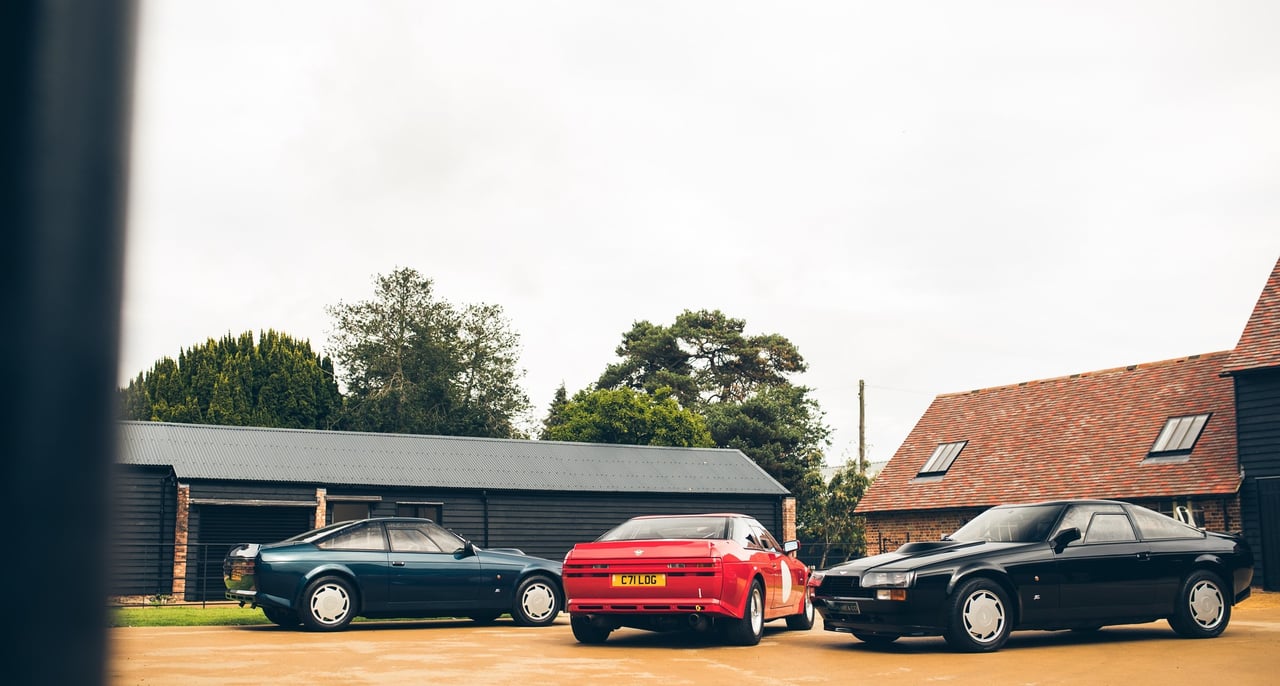

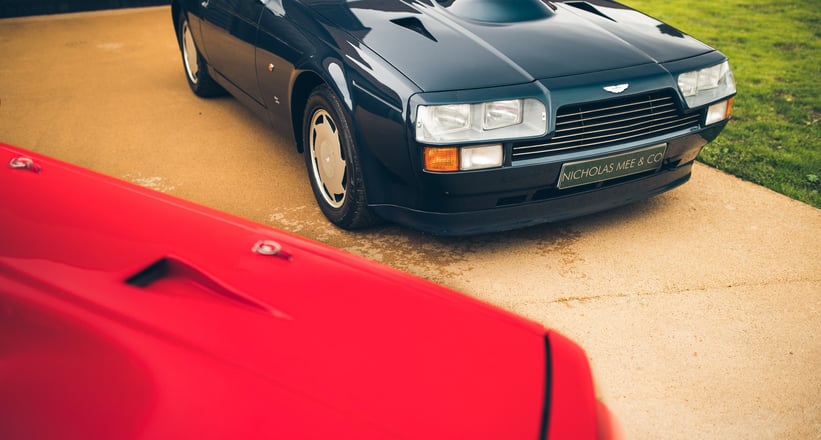
Perhaps the marque with which Zagato is most famously associated is Aston Martin – that old stalwart of British style and luxury, whose top brass cleverly realised the potential of international automotive collaboration with the Touring-designed DB4 in the 1950s. But if you missed out on an allocation for the new DBZ Centenary Collection, or you simply can’t stomach the thought of spending £6m (plus taxes!) on what is essentially a replica DB4GT and a skin-deep marketing exercise, there’s another Aston truly befitting the esteemed Zagato name with which to join the party, and that’s the V8 Vantage.
During our recent visit to Nicholas Mee & Co’s new Hatfield Park facility, we couldn’t resist assembling three of these rare Anglo-Italo brutes and picking Mee’s brain about them. After all, he witnessed the V8 Vantage Zagato project come to fruition first hand during his time at Aston Martin in the 1980s and understands these striking cars better than most.
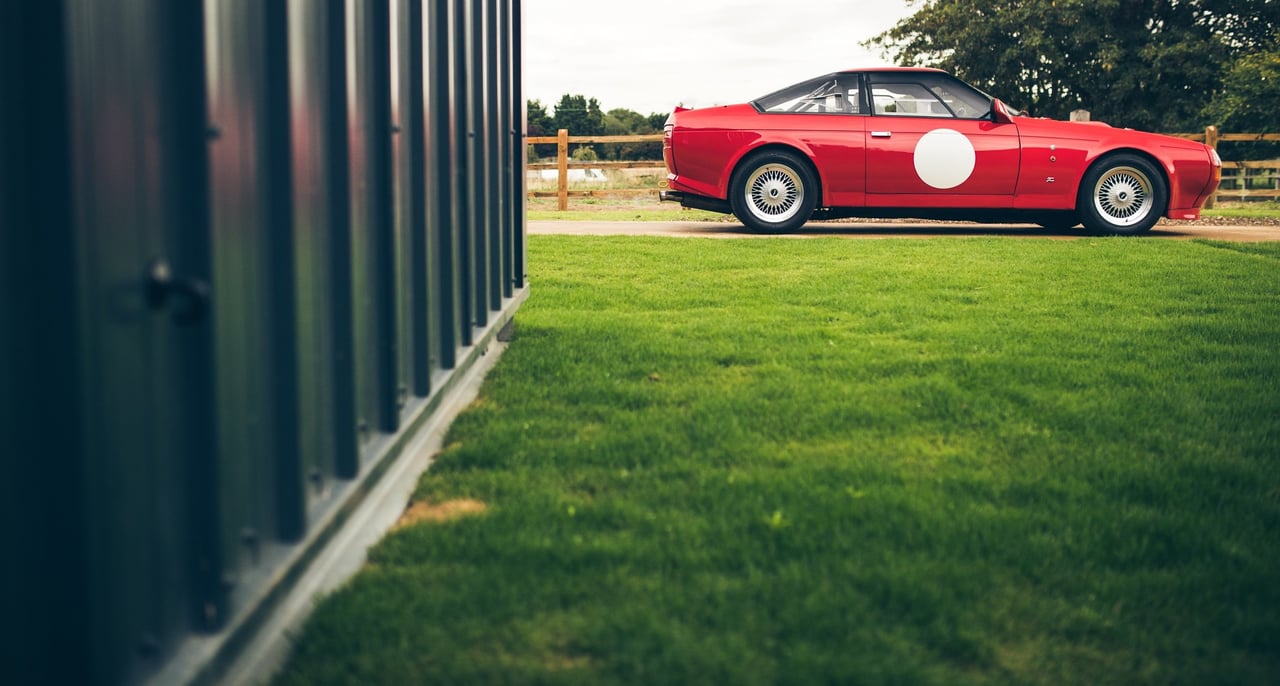
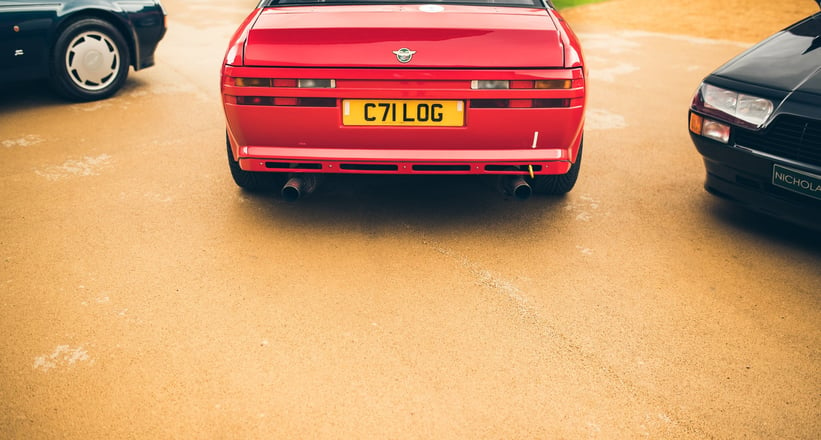

A collaboration re-established 23 years after the seminal DB4GT Zagato project, the V8 Zagatos were conceived by Aston’s management and Elio and Gianni Zagato. “Zagato’s brief was to design, engineer, and produce a lighter and more aerodynamic version of the powerful ‘X-pack’ Vantage, to rival the Porsche 959 and the Ferrari 288 GTO,” explains Mee. “And that’s exactly what they did.”
At Geneva in 1985, the radical V8 Zagato was revealed to the public for the first time. Sure enough, it was 10 percent lighter than the Vantage and boasted a shorter and more aerodynamic body crafted from aluminium, with flush-fitting glass and characteristic Zagato design cues. Aston Martin gave its blessing and announced a production run of just 50 cars, to be constructed at Zagato’s plant in Arese and completed at the Works in Newport Pagnell.
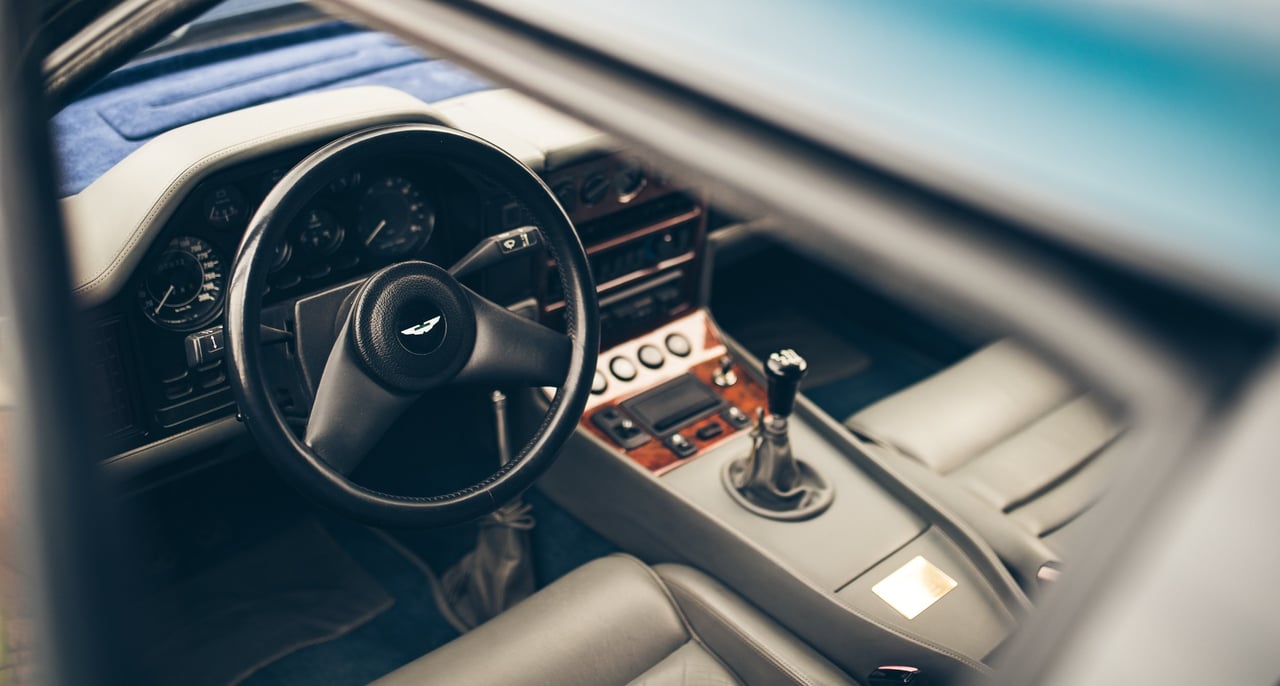
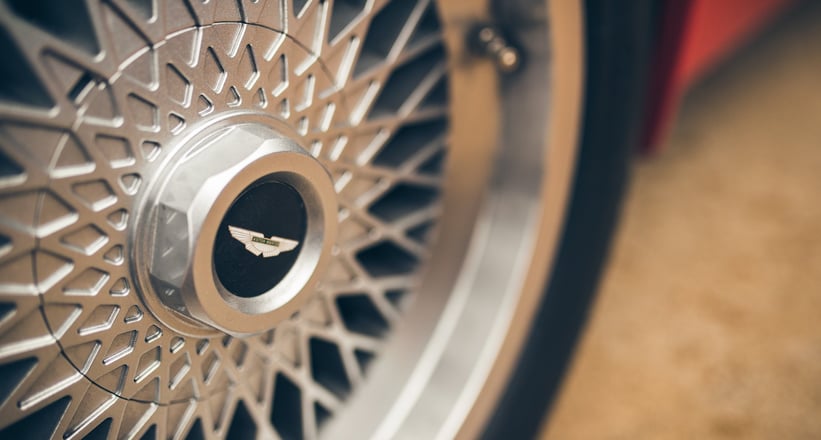
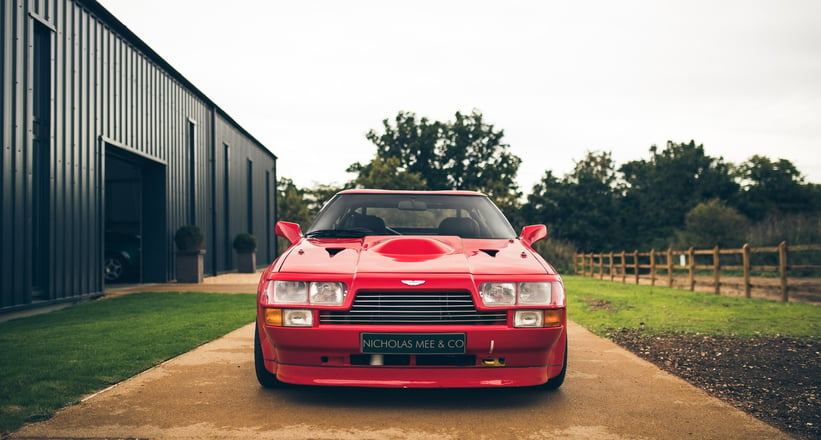
“As is always the case with something new and more expensive, there was an element of apprehension,” recalls Mee, “We were selling the cars based on renderings at first, but at that time the world was waking up and the economy was in reasonable shape, so they sold quite promptly.”
If anything, it was the opinion-polarising styling that proved the Zagato’s biggest stumbling block. “Its styling leans towards the ‘form for function’ school of design, as was the vogue of the day. “Stubby little so and so,” commented one owner at the first launch event, albeit with a glint in his eye. “I love it because it’s devoid of unnecessary adornment,” said another. I think today, people look at it and understand it more. They’re able to put it in perspective with other cars from the period – it’s very much a design of its day.”
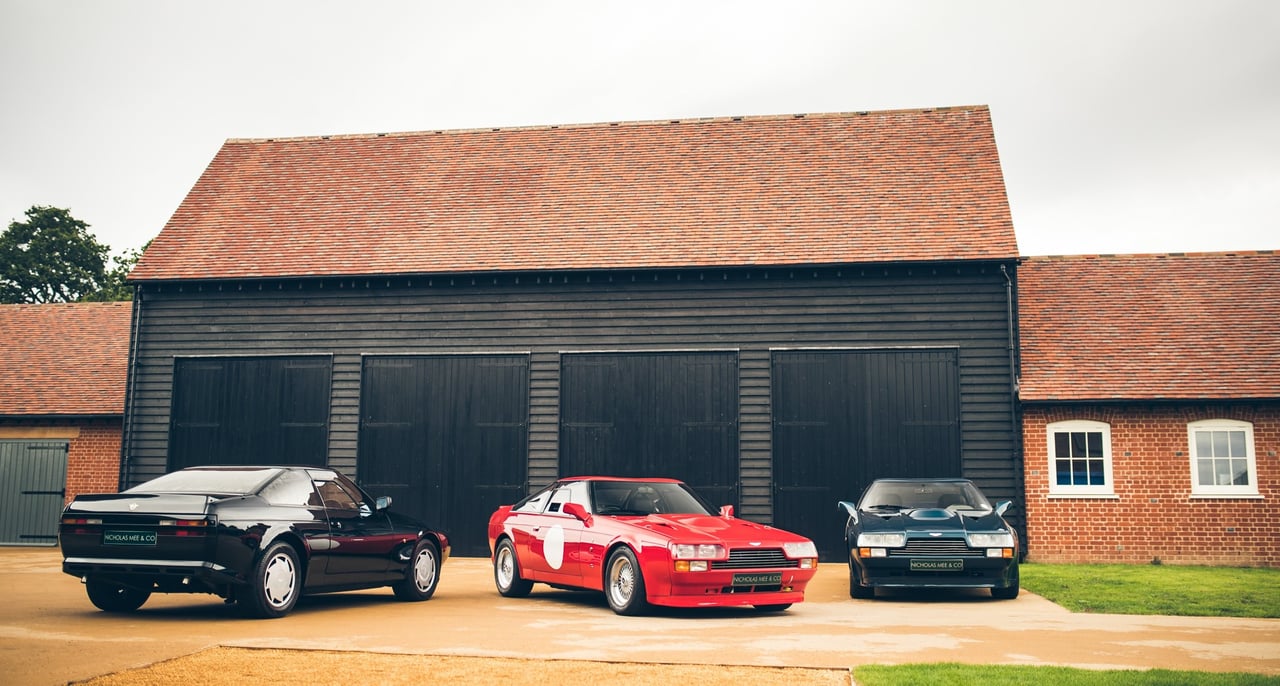
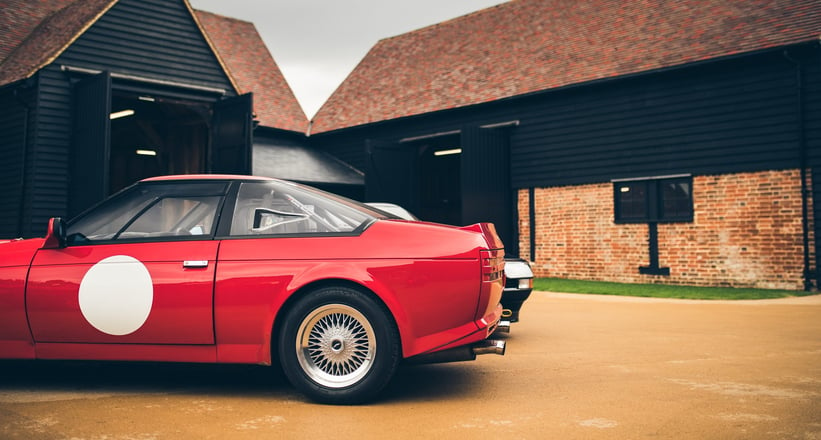
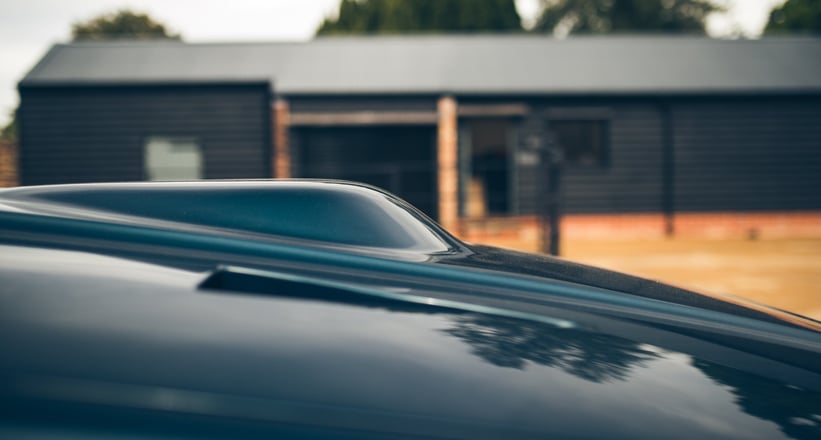
We’d be inclined to agree. From certain angles, and in certain colours, the V8 Vantage Zagato can look so ‘right’. The huge bulge and NACA ducts on the bonnet certainly lend a sense of drama, as do the split side windows (which, Mee reports, totally eliminate buffeting at any speed). Of these three cars, we definitely think the Masons Black and Blu Sera cars flatter the Zagato’s unusual body the most. That said, the unashamed purpose of the ‘fast-road’ spec Gladiator Red car has its own appeal.
The crash diet and, perhaps more importantly, the redistribution of weight resulted in what is widely considered to be the fastest and most rewarding Aston Martin of the 1970s and ’80s. “The standard V8s and Vantages were great cars, but their performance was always hampered by their weight. Here, we took the 410bhp ‘X-pack’ engine, dropped it in a chassis with a slippery lightweight body, and we got a great driving car.”
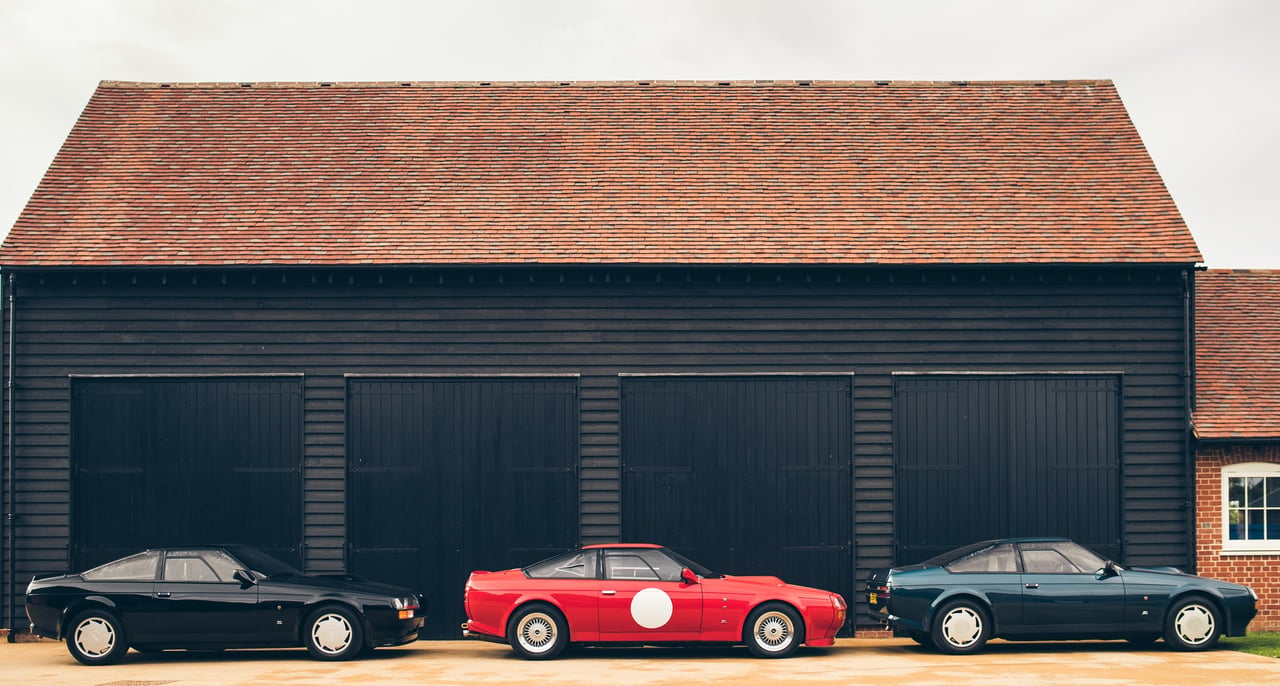
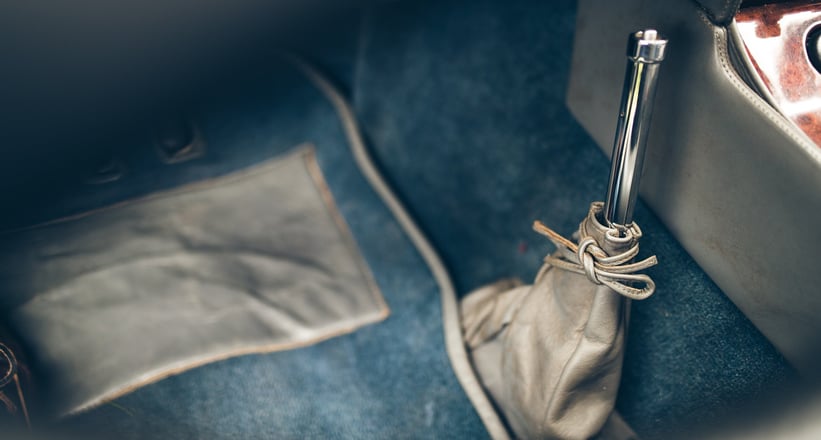
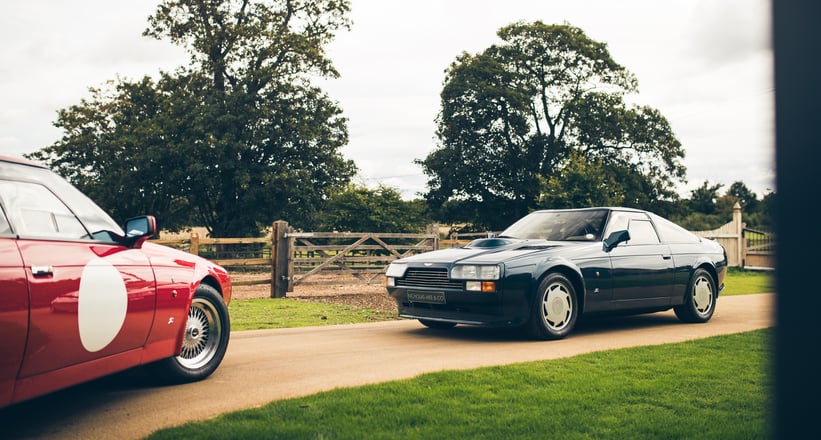
For Mee, more perplexing than the styling is the fact that the V8 Vantage Zagato hasn’t found favour with collectors to the same degree as its rivals from Porsche and Ferrari – in fact, it commands virtually zero premium over even its garden-variety Vantage counterpart. And unlike the Zagato Astons of late, such as the V12 and the Vanquish, the V8s were actually designed and built in Italy – they’re pure-bred, bona fide Zagato products.
What’s more, with just 50 produced and even fewer still in existence, they’re incredibly rare. But Mee suggests that might be the car’s current undoing. “Too rare, underexposed, and even controversially styled the V8 Vantage Zagato might be, but what cannot be contradicted is the car’s heritage,” he concludes. What’s more, with any of these three macho Astons, you can turn up at whichever of Zagato’s centenary celebrations in 2019 and truly represent everything that’s great about the Milanese design house.
Photos: Tom Shaxson for Classic Driver © 2018






































